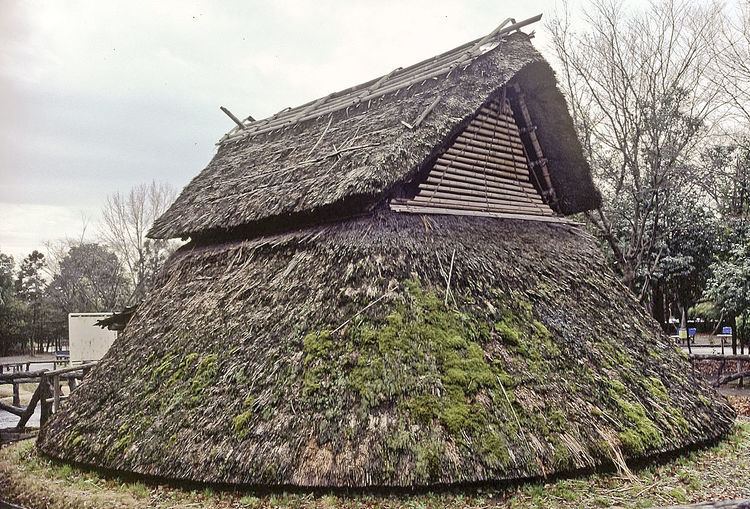Region JP Founded 1st century CE Phone +81 54-285-0476 | Type landmark Periods Yayoi | |
 | ||
Alternate name Toro Archaeological SiteToro Ruins Area 330,000 square metres (3,600,000 sq ft) Hours Closed today MondayClosedTuesday9AM–4:30PMWednesday9AM–4:30PMThursday9AM–4:30PMFriday9AM–4:30PMSaturday9AM–4:30PMSunday9AM–4:30PMSuggest an edit Similar Sizuoka City Toro Museum, Kunōzan Tōshō‑gū, Miho no Matsubara, Nihondaira, Shizuoka Municipal Nihondair | ||
Toro (登呂 遺跡, Toro iseki) is an archaeological site in Suruga Ward in Shizuoka City, 130 kilometres (81 mi) south of Tokyo, Japan. The remains there date to the 1st century CE, in the late Yayoi period, and was an administrative unit of the area. Discovered in 1943, it was excavated in 1947–48 and designated a Special Historic Site of Japan in 1952. Toro is also the name of the area surrounding it in the Japanese addressing system.
Contents
Background
Toro is notable as the first archaeological site excavated in Japan in which remains of 1st-century CE Yayoi-era wet-rice paddy fields were found. The site was discovered in 1943 during construction work on a military munitions plant in World War II, and was excavated in 1947 and 1948. As well as the agricultural remains, archaeological findings included pit-houses, refuse pits, and raised-floor buildings. Many artifacts were also unearthed. The preservation at the Toro site was so complete that a large number of 2000-year-old wooden farming tools were excavated. The site was re-excavated from 1999–2004, during which time additional artifacts were uncovered.
The archaeological remains from Toro elicited such an intense interest from Japanese archaeologists that the Japanese Archaeological Association was formed to study it. Toro has been used as a type site for Yayoi culture despite the fact that the location of the settlement in the Tōkai region was peripheral to what has traditionally been considered the Yayoi formation area in northern Kyūshū.
Site
The total area of the Toro site is 330,000 m2 (3,600,000 sq ft). Twelve pit-houses were excavated but as the archaeologists were not able to establish the boundaries of the original Yayoi settlement, the true size of the village is unknown and may have been much larger. In addition to the houses, two raised-floor buildings were found. Archaeologists interpret these as storehouses.
The Toro pit-dwellings had a roughly 6-by-8-metre (20 ft × 26 ft) living area, with a double skirting wall approximately 30 cm (12 in) high around the circumference. Four wooden posts were sunk into the ground, with beams connecting at the top, and rafters radiating down to the ground level. The whole was covered in thatch. Within, the floor level was even with the outside ground, and a hearth was sunk into the floor in the center. The elevated buildings had an entrance ladder carved from a single log of wood. These buildings were apparently built of planks, using a mortise and tenon joinery method, which indicates that the builders had use of iron tools.
Approximately 30 rice paddies were uncovered, along with 370 m (1,210 ft) of associated narrow canals and waterways.
The site is now preserved as a public park with reconstructed buildings and rice fields, and is protected by the Japanese government as a National Historic Monument. A museum at the site preserves and displays many of the artifacts discovered.
